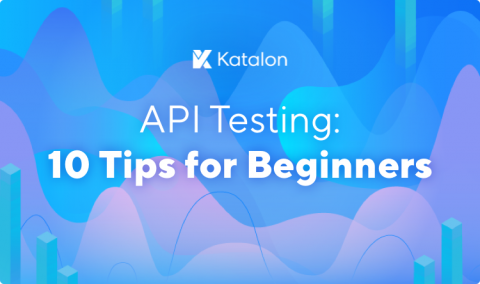Kong Cloud Part 2: Collecting metrics at 1M+ RPS
In our last blog post in this series, we discussed our journey designing a metrics pipeline for Kong Cloud to ensure the reliability of our SaaS offering. We discussed how we re-architected our production data pipeline using OpenResty to send metrics to Prometheus and saw huge performance gains. We are now able to monitor high traffic volumes in our system using much less compute power, lowering our costs.











